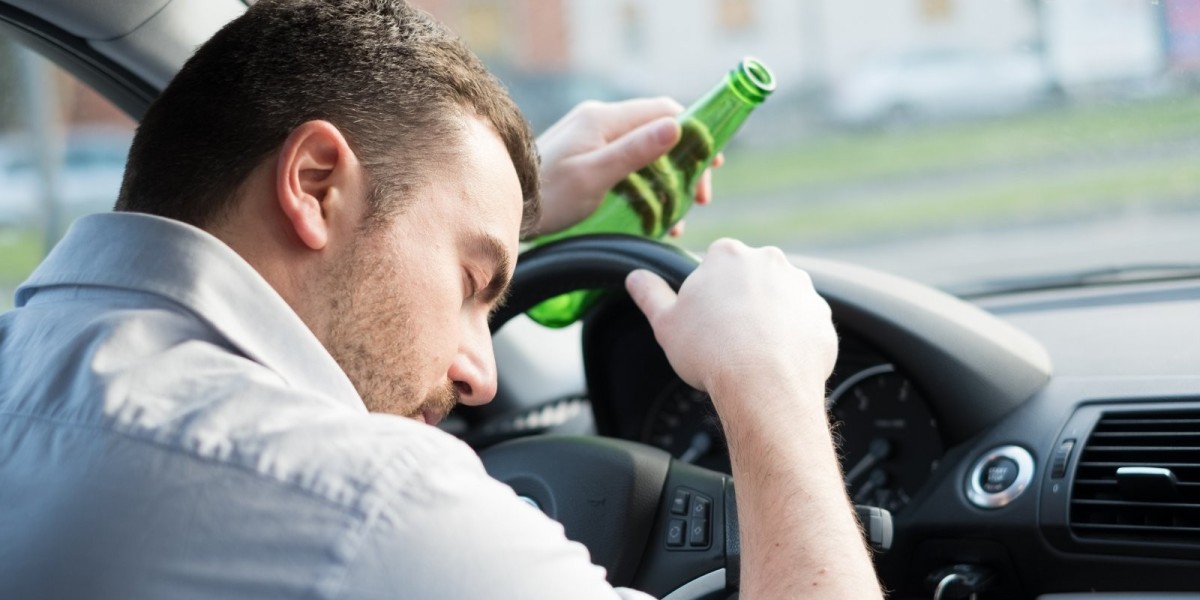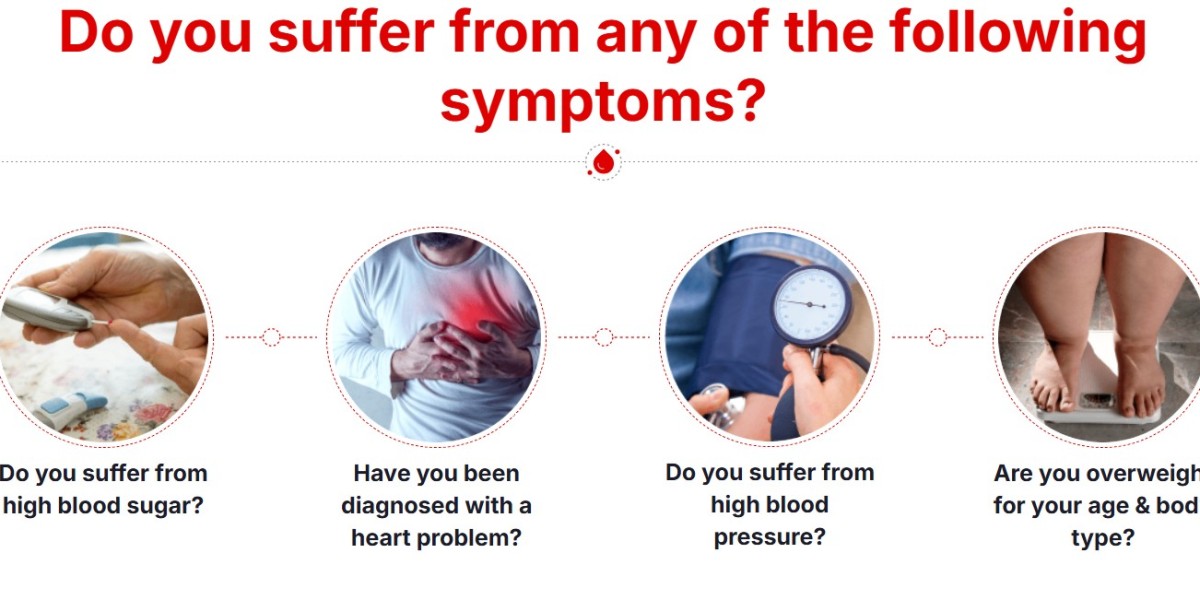It’s a beautiful day, and you’re walking to your favorite coffee shop, enjoying the sunshine. Suddenly, you hear screeching tires. Startling, right? Pedestrian-vehicle accidents happen far too often, and their consequences can be life-altering. But the good news? Many of these accidents are preventable. In this article, we’ll dive into practical tips to help you stay safe on the streets while understanding the dynamics of these incidents. Let’s get started!
Why Pedestrian Safety Matters
Every year, thousands of pedestrian-vehicle accidents occur, resulting in injuries, fatalities, and emotional scars for families and communities. Whether it’s a bustling city street or a quiet suburban road, being alert and prepared can make all the difference.
Understanding Pedestrian-Vehicle Accidents
Accidents can happen in a split second. One minute, you’re crossing the street; the next, you’re in harm’s way. Common scenarios include:
- Urban areas: High traffic density and distracted drivers often lead to accidents at intersections.
- Rural roads: Lack of lighting and higher vehicle speeds increase risk.
- Parking lots: Surprisingly, these spaces are hotspots for minor pedestrian-vehicle collisions.
Who Is at Risk?
While everyone walking near vehicles faces some level of risk, certain groups are more vulnerable:
- Children: Their smaller size and impulsive nature make them less visible and more likely to dart into traffic.
- Seniors: Slower reaction times and mobility issues increase their risk.
- Nighttime walkers: Visibility is significantly reduced after dark, heightening the danger.
The Role of Driver Behavior
Let’s face it: not all drivers are as cautious as they should be. Some common behaviors leading to pedestrian-vehicle accidents include:
- Speeding: Drivers traveling too fast often can’t stop in time to avoid pedestrians.
- Distracted driving: Texting, adjusting the radio, or daydreaming can divert attention from the road.
- Failure to yield: Drivers who ignore pedestrian right-of-way rules pose a significant risk.
Pedestrian Actions That Lead to Accidents
While it’s easy to blame drivers, pedestrians can also contribute to dangerous situations. Some risky behaviors include:
- Jaywalking: Crossing outside of designated areas or ignoring signals increases the likelihood of an accident.
- Device distraction: Staring at your phone while walking is like walking blindfolded through traffic.
- Headphone use: Blocking out the sounds of approaching vehicles can be deadly.
Environmental Factors
Sometimes, the environment itself is a culprit. Poorly lit streets, harsh weather, and unmarked intersections create hazards that lead to pedestrian-vehicle accidents. Addressing these issues requires both individual caution and systemic improvements.
Safety Tips for Pedestrians
Now, let’s talk prevention. Here’s how you can stay safe:
- Stick to crosswalks: These areas are designed for pedestrian safety. Always use them and follow traffic signals.
- Stay visible: Wear bright or reflective clothing, especially at night. Carrying a flashlight can also help.
- Be alert: Keep your head up, your ears open, and your focus sharp. Avoid using devices when crossing streets.
- Look both ways: It’s a classic tip for a reason. Always check for oncoming traffic, even when you have the right of way.
How to Interact with Drivers
Building a mutual understanding with drivers is key to avoiding pedestrian-vehicle accidents:
- Make eye contact: Ensure the driver sees you before stepping into the crosswalk.
- Be predictable: Sudden movements can catch drivers off guard. Cross confidently but cautiously.
- Avoid blind spots: Large vehicles like trucks and buses have limited visibility. Stay clear of these danger zones.
Technology to Improve Pedestrian Safety
Tech isn’t just for texting and gaming—it’s also saving lives. Wearable devices with GPS tracking can guide pedestrians along safer routes. Apps like WalkSafe alert users to high-risk areas. On the driver’s side, cars equipped with pedestrian detection systems and automatic braking are game-changers in preventing accidents.
The Importance of Community Infrastructure
Safe walking environments start with thoughtful design. Well-lit streets, clearly marked crosswalks, and pedestrian islands make navigating urban spaces safer. Advocacy for pedestrian-friendly urban planning ensures that safety isn’t an afterthought.
Educational Campaigns and Public Awareness
Campaigns like “Heads Up, Phones Down” remind pedestrians to stay alert, while driver-focused initiatives emphasize yielding to foot traffic. These package shops live by fostering a subculture of mutual respect between pedestrians and drivers.
What to Do If You Witness or Are Involved in an Accident
Accidents may be chaotic, but understanding what to do is crucial:
- Ensure safety: Move to a safe area if possible.
- Call for help: Dial 911 immediately for medical and police assistance.
- Document the scene: Photos and witness statements can be vital for legal or insurance purposes.
- Seek medical attention: Even minor injuries should be evaluated by a professional.
Real-Life Stories and Lessons Learned
Take Maria’s story, for instance. She became hit by using a distracted motive force even as running in her community. After her restoration, Maria has become a suggest for more secure streets, pushing for higher lighting and pace limits in her network. Stories like hers remind us of the importance of vigilance and advocacy.
Conclusion
Staying safe as a pedestrian doesn’t require superhero skills—just some common sense and a little extra caution. By understanding the causes of pedestrian-vehicle accidents and taking proactive steps, you can significantly reduce your risk. Remember, safety starts with you, but it doesn’t end there. Advocate for better infrastructure, educate others, and let’s work together to create safer streets for everyone.


